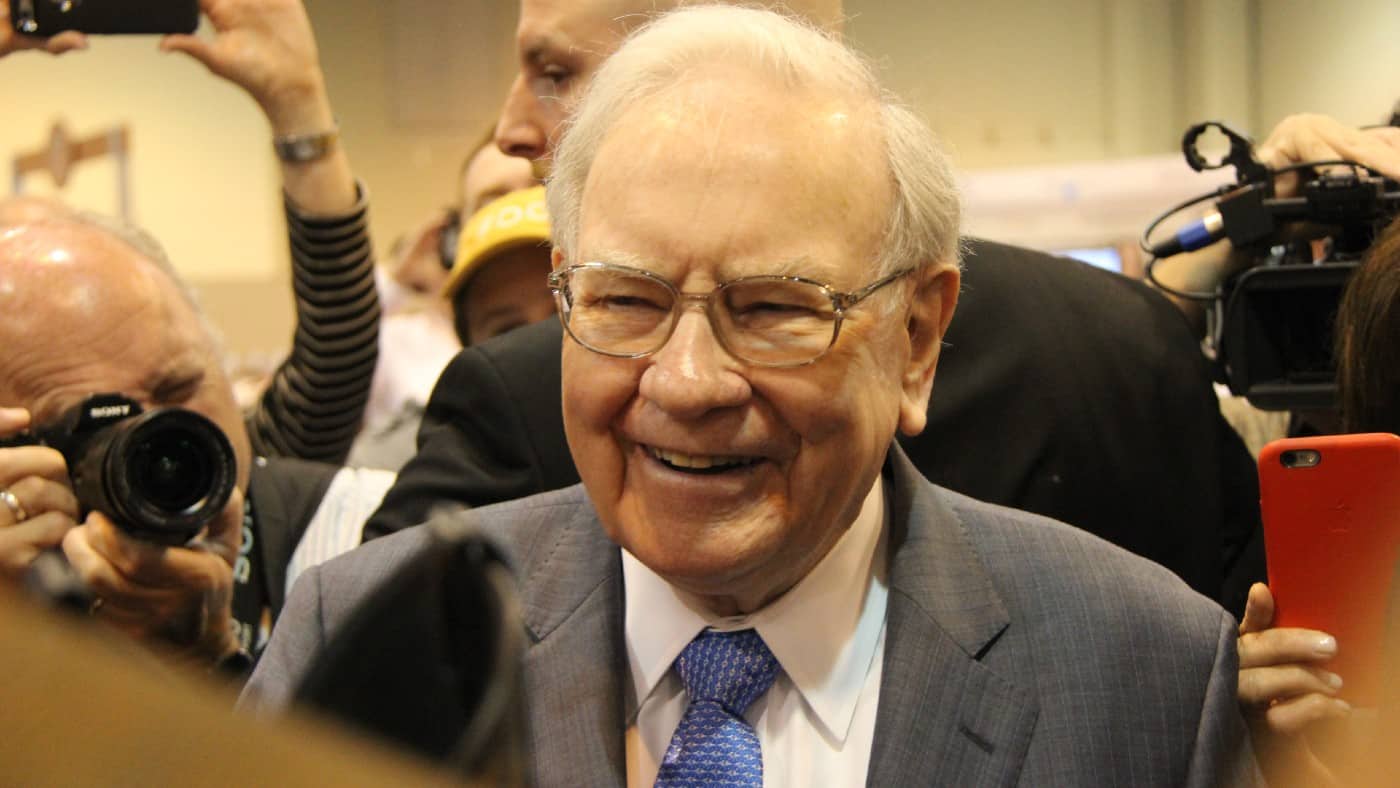As life moves forward, it gets less and less realistic to put off thinking about how to improve long-term financial wellbeing. After all, time is a friend for the investor. Starting too late can make it harder to build wealth. Encouragingly though, some investors, including the legendary Warren Buffett, have made most of their wealth past the age of 50.
If I was in my thirties and wanted to start investing from scratch, here are three Buffett principles I would apply.
Stick to what you know
So 30+ and no investments, where is the best place to start? Some people think they can strike it rich by investing in developing areas they expect to grow, from commercial space exploration to the metaverse.
But Buffett has spent most of his career investing in just a few industries, most of which are long-established and fairly dull. They include insurance firms, banks such as Bank of America and consumer goods companies like Kraft Heinz.
That is no accident. Only by investing in what he knows does Buffett think he can assess a company’s prospects. Doing that is important in judging whether or not its share price is attractive.
I think the same principle is sound for me as a private investor.
Do a few things, but on a big scale
Like any smart investor, Buffett does not put all of his eggs in one basket. He reduces risk by diversifying across different companies.
But, interestingly, Buffett does not invest in hundreds of companies. He owns shares in a fairly small number, some of which he has held for decades. That is because he understands that great investment returns do not come from a scattergun approach where you invest a little bit of money in a lot of different companies.
Instead, Buffett waits for what he thinks is not just a good but a great investment idea. Then he invests a sizeable amount into it.
Most people will never be dealing with the sort of money Buffett has at his disposal, but I still think the principle can help me build wealth. It will focus my efforts on a limited number of investment ideas I think are great, not loads of investment ideas I reckon are merely good.
Warren Buffett obsesses about valuation
A common mistake among new investors is investing in companies purely because they have an attractive business.
What is wrong with that? In short, a good business does not necessarily equate to a rewarding investment. Even in a good business, investment returns depend on the price paid.
That is why Buffett pays a lot of detail to the question of how to value shares. Sometimes, as in the case of his former investment in IBM, he likes the business for decades before investing when he thinks the valuation has finally become attractive.
Valuing a company is important to make us not only buy great businesses, but great business trading at attractive prices.
